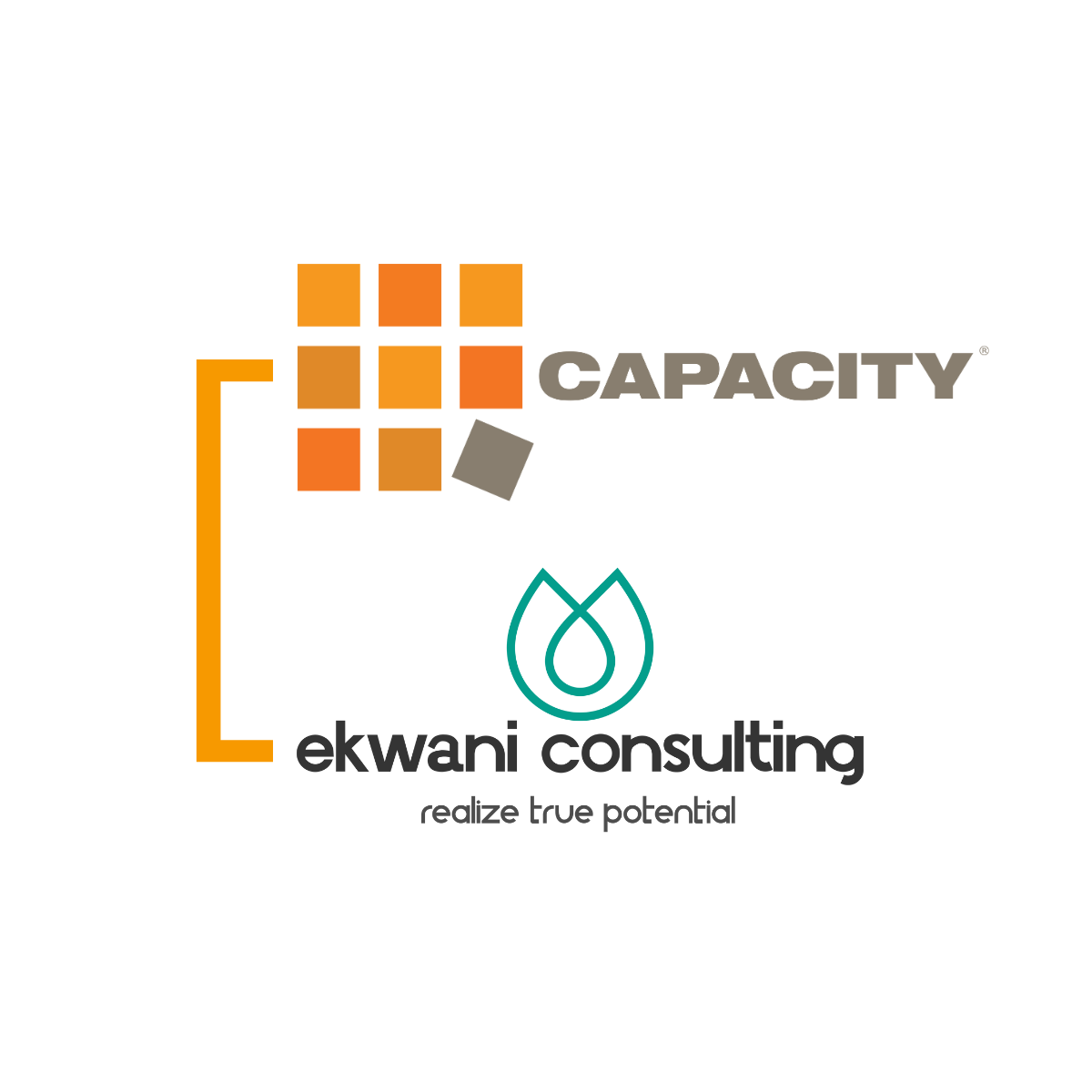

What Every Brand Needs to Know Going into a Netsuite-3PL Integration
Implementing a Netsuite-3PL integration is no small task. But for fast-scaling brands requiring increased visibility, operational efficiency and high data accuracy, it’s a necessary one.
Here at Capacity, we partner with Ekwani Consulting to design, build and deploy custom Netsuite integrations for our clients.
Frankly, they’re the best in the business.

We sat down with Ekwani founder and CEO, Melanie Martens, to capture a high-level overview of what brands need to know going into a Netsuite-3PL integration.
Let’s get to it.
Capacity: Appreciate you taking the time today, Melanie.
Melanie: Happy to.
Capacity: So we’ve done a number of custom Netsuite-3PL integrations together. What do you wish they all knew ahead of time?
Melanie: It sounds simple, but what do you want tracked and where? Where does the brand want the lot being tracked? In the ERP or with the 3PL? What about expirations? Where should those be tracked? Do they want that data to feed back into Netsuite? Oftentimes we’ll recommend that the 3PL manage that to reduce the overhead on the backend operations.
Capacity: So it’s better or easier for the 3PL to track lots and expirations and feed that data back into Netsuite?
Melanie: When you do a bulk, B2B order, it’s not a problem. But when you’re doing mixed bin D2C commerce, that’s where you start seeing a certain level of complexity. Things like tracking multiple lots and expiration dates in the same order. Depending on the volume of order lines, you need to take performance impact into consideration.
Capacity: What else?
Melanie: It's essential to establish the foundational data flows that need to be integrated.
There’s inbound to the distribution center, or DC. That includes managing purchase orders, inbound transfer orders and return authorizations for expected receipts, followed by updating the system with receipt confirmations.
Then there’s outbound from the DC that includes handling sales orders, transfer order shipment requests, and ship confirmations back to the system.
Beyond these core flows, it's important to consider additional details, such as whether multiple client centers must be factored into the integration. Furthermore, there are other critical inventory-related flows to manage, such as item data and inventory reconciliation.
Another important aspect to address is how you'll handle analytics and real-time alerting flows. The exact structure will depend on how you plan to integrate these capabilities into the ERP system.
Capacity: What about integration methods?
Melanie: That’s definitely a big decision. API or CSV? Going with an API gives you real-time integration and thus, real-time visibility. But oftentimes a 3PL’s API might not be set up to integrate all transactions. That’s where a CSV might make more sense. The trade off is timeliness: waiting for files to drop and pick up. Capacity’s API accounts for all transactions. As a Netsuite integrator, we love that.
Capacity: Most clients embarking on a Netsuite-3PL integration want to know how long it will take.
Melanie: While each client’s situation varies, most integrations typically take 10-12 weeks. However, with Capacity, we can implement it much quicker, potentially reducing the timeline to as little as four weeks by fast-tracking key steps. Here’s a high-level overview of the process.
First, requirements review. Our technical teams meet to review the integration requirements, define necessary field mapping and decide on the development approach—either small-cycle or comprehensive.
After planning, we proceed to the development phase. Test files are sent to the 3PL, which reports any missing data. This phase accounts for the majority of the integration effort.
Once the technical aspects are aligned and mappings are validated, we begin user acceptance testing, or UAT, running real-world scenarios such as over-receipt, under-receipt, and partial shipments. This ensures comprehensive validation.
We then do dry runs, placing real orders on the website to ensure the system handles real-life scenarios smoothly before going live.
Then it’s time to go live and cut over. We enable the new integration flows, disable any legacy connections and make the cutover. This phase involves a week of consistent coordination.
With Capacity, we can accelerate this process because of our extensive experience working together and familiarity with their API. What typically takes 12 weeks can be done in as little as four.
Capacity: What about for brands that do D2C and B2B?
Melanie: The simple answer is that we’ll account for and incorporate that in the planning and development phases of the integration. But, as mentioned, complexity increases if you’re doing D2C and you want lot and expiration tracking. Think of it this way: When you’re doing D2C, products are scanned at the time of picking but an additional scan might be required if there is a lot number. That’s where inventory level accuracy gets challenging, which then has an impact on the B2B side.
The other elephant in the room is EDI. If you’re doing B2B and you do EDI, who’s your EDI provider? Does your 3PL have one? Do you use it? Do you use a third party like SPS Commerce, True Commerce or eZCom? EDI absolutely has an impact on the types of data flows we put in place within a Netsuite-3PL integration.
Capacity: With so many brands moving to Shopify as their ecommerce platform of choice, how is that impacting Netsuite-3PL integrations?
Melanie: For brands that are super high volume, it might make the most sense to do a Shopify-3PL integration that copies to Netsuite. By bypassing Netsuite, you’re reducing the number of transactions while allowing for quicker turnaround. This is particularly helpful if you have strict delivery expectations. Connect Shopify to the 3PL (in this case, Capacity), get the product out the door as fast as possible and then feed the order back into Netsuite overnight, syncing everything up. You’ll lose visibility into orders that are pending fulfillment, but that doesn’t matter if they’re shipping fast.
That’s for D2C. But if you’re also doing B2B, you probably want to pass data through Netsuite so that you know what you have open that is pending to be fulfilled.
Capacity: Sounds like brands need to know a lot heading into a Netsuite-3PL integration.
Melanie: Yes and no. We’re here to be their guide and handle the heavy lifting.
Capacity: Same here.
